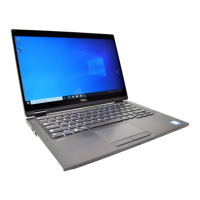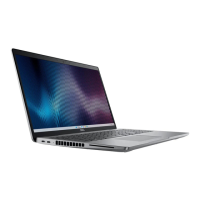Table 16. System setup options—Pre-boot Behavior menu (continued)
Pre-boot Behavior
By default, the option is enabled.
Warning and Errors Enable or disable the action to be done when a warning or error is encountered.
By default, the Prompt on Warnings and Errors option is enabled.
USB-C Warnings
Enable Dock Warning Messages
By default, the option is enabled.
Fastboot Allows you to configure the speed of the UEFI boot process.
By default, the Minimal option is enabled.
Extend BIOS POST Time Set the BIOS POST load time.
By default, the 0 seconds option is enabled.
MAC Address Pass-Through Allows you to replace the external NIC MAC address with the selected MAC
address from the system.
By default, the Passthough MAC Address option is enabled.
Table 17. System setup options—Virtualization menu
Virtualization
Intel Virtualization Technology
Enable Intel Virtualization Technology
(VT)
When enabled, the system will be able to run a Virtual Machine Monitor
(VMM).
By default, the option is enabled.
VT for Direct I/O When enabled, the system will be able to perform Virtualization Technology for
Direct I/O (VT-d).
By default, the option is enabled.
DMA Protection Allows you to control the BIOS support for Pre-Boot and Kernal DMA
protections.
Enable Pre-Boot DMA Support Allows you to control Pre-boot DMA protection for both Internal and External
ports.
By default, the option is enabled.
Enable OS Kernal DMA Support Allows you to control Kernal DMA protection for both Internal and External
ports.
By default, the option is enabled.
Table 18. System setup options—Performance menu
Performance
Multi Core Support
Multiple Atom Cores Allows you to chnage the number of Atom cores available to the operating
system.
By default, the All Cores option is enabled.
Intel SpeedStep
Enable Intel SpeedStep Technology Enables the system to dynamically adjust processor voltage and core
frequency, decreasing average power consumption and heat production.
By default, the option is enabled.
BIOS setup 67

